DISCOVERING FRIULI VENEZIA GIULIA’S TREASURES
The Pordenone Silent Film Festival is expanding its offerings beyond just cinema. Following previous excursions to Udine, Aquileia, Cividale, Gemona, and sites linked to Friulian Renaissance artists (such as Antonio de' Sacchis, Pomponio Amalteo, and Gian Francesco da Tolmezzo) and the poet Pier Paolo Pasolini, the festival is organizing two speical trips this year.
The first will explore the beauty of the regional capital, Trieste, while the second will journey to Grado and its lagoon, where Pier Paolo Pasolini and Maria Callas filmed scenes for the movie "Medea."
These initiatives are possible thanks to the support and collaboration of ATAP, the public transport company serving the province of Pordenone, and the Friuli Venezia Giulia Region's Department of Tourism.
1. The “sullen grace” of Trieste and the charm of the belle époque – Tuesday 8th October 2024
Tuesday 8th October 2024, from 8:30 a.m. to 4 p.m.
Departure from Pordenone (Viale Trento) at 8:30 a.m.
Lunch at "Al Faro" restaurant in Trieste
Fee: € 35
2. Grado, the lagoon, and the island of Barbana – Friday 11th October 2024
Friday 11th October 2024, from 8:30 a.m. to 4 p.m.
Departure from Pordenone (Viale Trento) at 8:30 a.m.
Lunch at “Al Pellegrino” restaurant in Grado
Fee: € 35
Book now! Please note that you will be able to pay by cash at the Giornate’s Infodesk starting Sunday, October 6, 2024.
1. The “sullen grace” of Trieste and the charm of the belle époque - Tuesday 8th October 2024
With the Treaty of Campoformido in 1797, Napoleon ceded Veneto to Austria in exchange for Lombardy, marking the end of the Venetian Republic and freeing Trieste from its former threat. The city endured three brief French invasions in the following two decades.
During the Belle Époque, Trieste attracted notable figures from across Europe, solidifying its multicultural character. Religious freedom drew a large Jewish community, evidenced by the Synagogue, built in 1912, one of the largest in Europe.
By the early 20th century, Trieste's population encompassed people from various nations, with Italians and Slovenians forming the largest communities.
The city was a haven for artists and writers like Umberto Saba, Italo Svevo, and James Joyce, who frequented cafes, cinemas, and theaters.
Our tour will meander through the Old Town and along the Rive, starting at the Castle of San Giusto. Commissioned by Emperor Frederick III in 1468, it was built by the free commune of Trieste, which had allied with the Habsburgs a few decades earlier (1382). Nearby stands the Cathedral, constructed in the 14th century by combining two pre-existing churches: the Church of Santa Maria and the Church of San Giusto, resulting in its asymmetrical facade.
We'll descend the hill on foot through the medieval quarter, passing the Roman Theater
and reaching the lower city. The walk continues through key squares and streets, including Piazza Unità, Europe's largest sea-facing square, home to the magnificent Caffè degli Specchi. We'll also visit Piazza Verdi with its prestigious theater, Piazza della Borsa, and finally the Borgo Teresiano, named after Maria Theresa of Austria, who championed its development.
The heart of Borgo Teresiano is the charming Canal Grande, ending in front of the Church of Sant’Antonio Nuovo, a short walk from the Serbian Orthodox Church of San Spiridione, a vital landmark for Trieste's Serbian community.
A delicious fish lunch at the "Al Faro" restaurant in Trieste is included, offering stunning panoramic views. The return to Pordenone is scheduled for 4 p.m.
Book now! Payment should be made by cash at the Giornate Infodesk starting Sunday, October 6, 2024.
2. Grado, the lagoon, and the island of Barbana – Friday 11th October 2024
Grado lies in the center of the northernmost part of the Adriatic Sea and boasts 1,600 years of history, still visible when walking through the streets of the ancient Roman castrum, where the Early Christian Basilica of Sant’Eufemia and the Basilica of Santa Maria delle Grazie are located. Connected to the mainland by a thin strip of land, it is a famous tourist and spa destination, also known as the "Island of the Sun." Founded in Roman times as a trading port for Aquileia, it has always been a hub of significant commercial activity. The castrum was built in the 4th century and provided refuge for inland populations fleeing barbarian invasions. After the Treaty of Campoformido, Grado was briefly under French control, before becoming part of Austria and remaining so until 1918. Between the 19th and 20th centuries, it was a favored retreat for the Austrian bourgeoisie, who came to enjoy the spas and relax in the sun. Only in 1936 was it connected to the mainland by the Belvedere Bridge.
The lagoon, where Grado is gently nestled, is a natural setting of indisputable beauty and extraordinary natural wealth. It is a unique, unspoiled landscape that extends for over 16,000 hectares of land and sea, for about 32 kilometers between the mouths of the Isonzo and Tagliamento rivers, dotted with about a hundred small islands.
In 1969, director Pier Paolo Pasolini filmed some scenes of “Medea” with Maria Callas on the islet of Mota Safon, and between 1970 and 1972, he founded the "International Film Week," as an alternative to the Venice Film Festival.
The visit will include a tour of the Basilica of Sant’Eufemia, characterized by Early Christian buildings, located in the splendid setting of the Campo dei Patriarchi in the "old town." Its origins are very ancient: since the 4th century, the small "basilica" of Petrus existed there, on which Niceta laid the foundation for a new church at the beginning of the 5th century. The octagonal baptistery preserves a rare and beautiful floor mosaic and a six-sided baptismal font.
Next to Sant’Eufemia is the Basilica of Santa Maria delle Grazie, smaller but just as charming. Also consecrated in 401, its interior contains beautiful mosaics arranged on two levels, where, among the various depictions, you can see the only fish represented in Grado.
For lunch, you will take a ferry to the island of Barbana, where you will have the chance to visit the sanctuary dedicated to the Virgin Mary, whose image, according to tradition, was brought to the island by the sea after a storm in 582 AD. The famous "Perdòn di Barbana" is also held here: every first Sunday in July, a spectacular boat procession renews an ancient vow to the Madonna, who is said to have saved Grado from a terrible plague in 1237. The procession carries the statue of the Madonna degli Angeli, usually kept in the Basilica of Grado, to the small island.
A lunch at “Il Pellegrino” restaurant in Grado is included in the fee,where you will enjoy seafood specialities of local fishermen. Return to Pordenone is scheduled for 4 p.m.
Book now! Payment should be made by cash at the Giornate Infodesk starting Sunday, October 6, 2024.
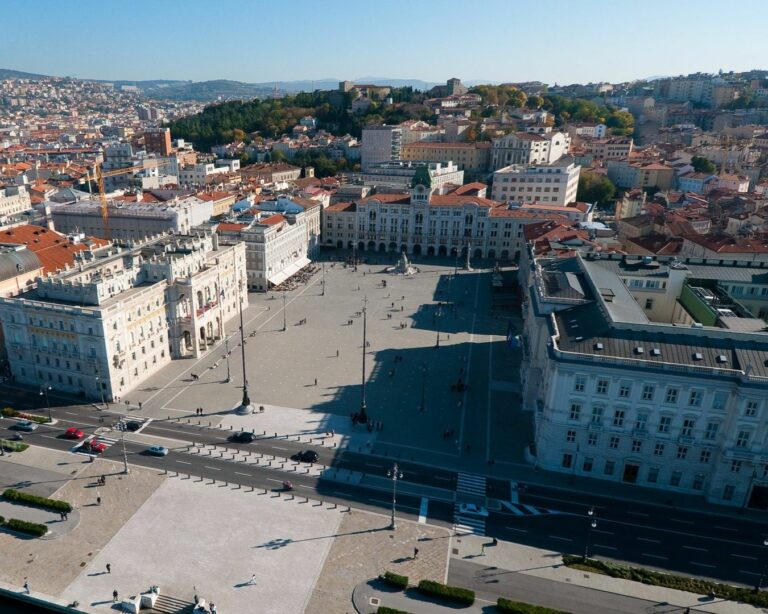
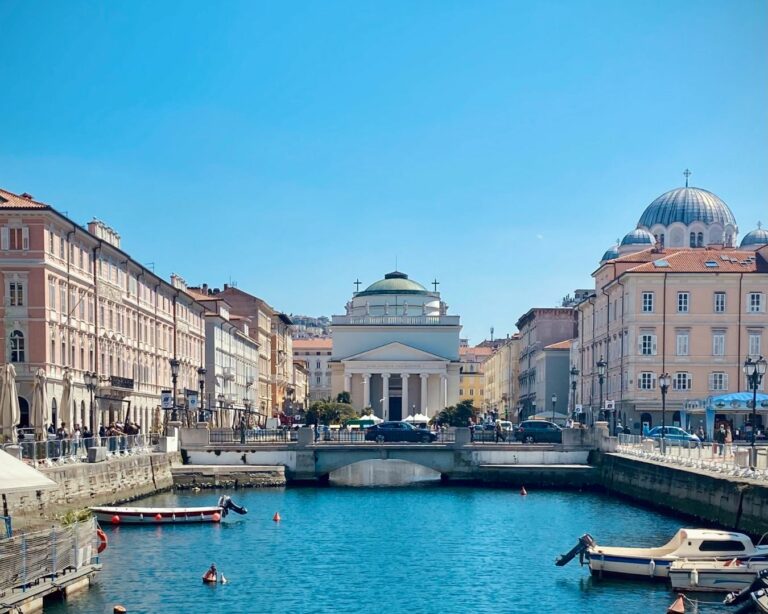
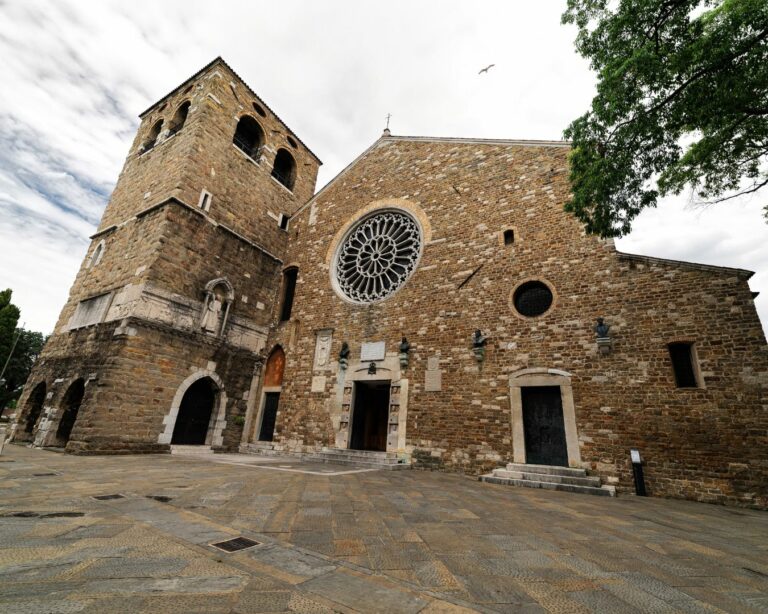
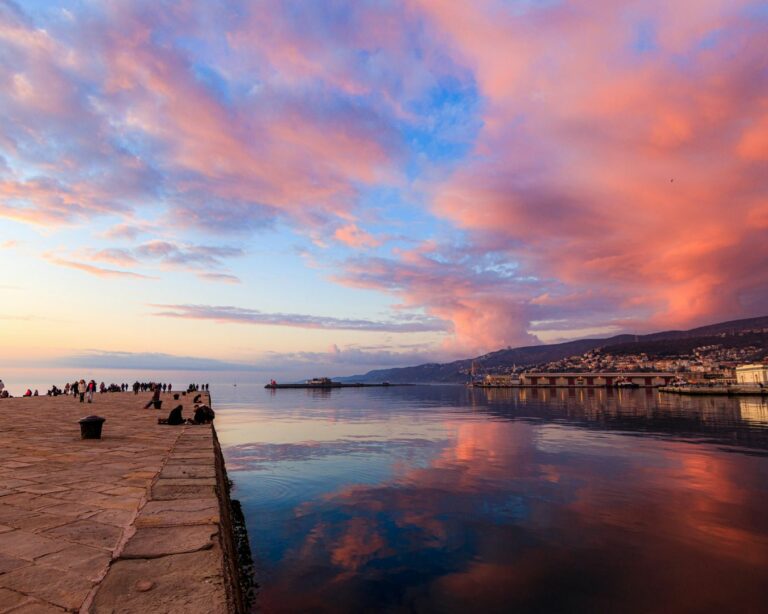
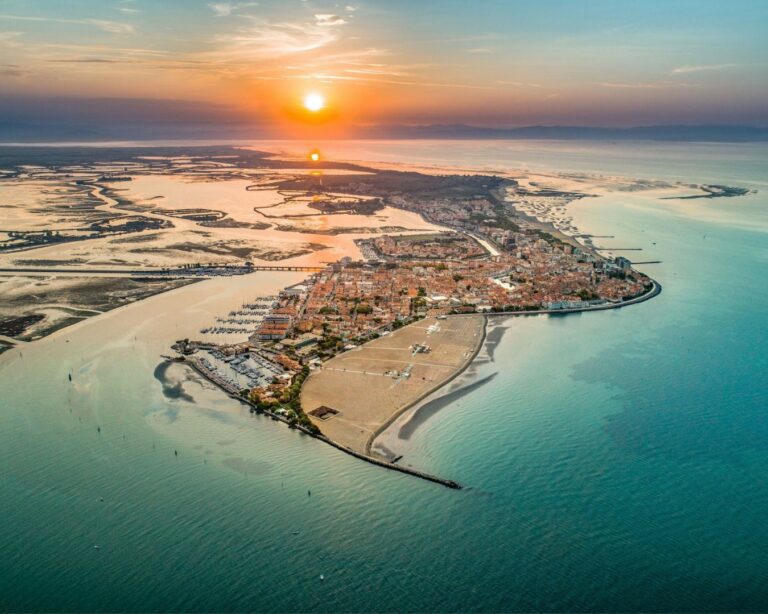
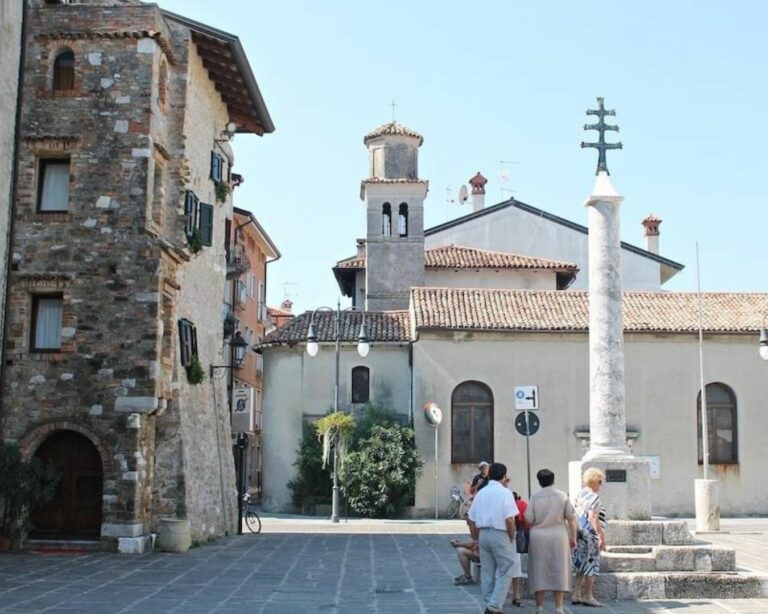
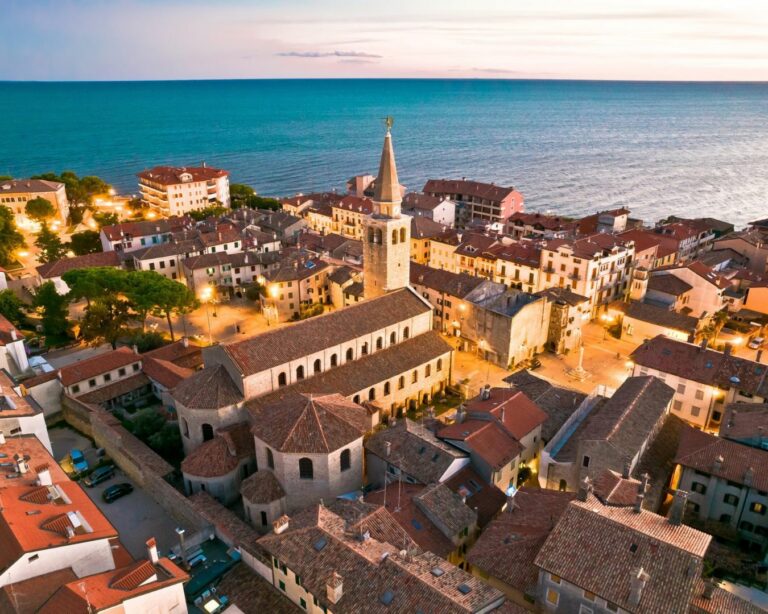
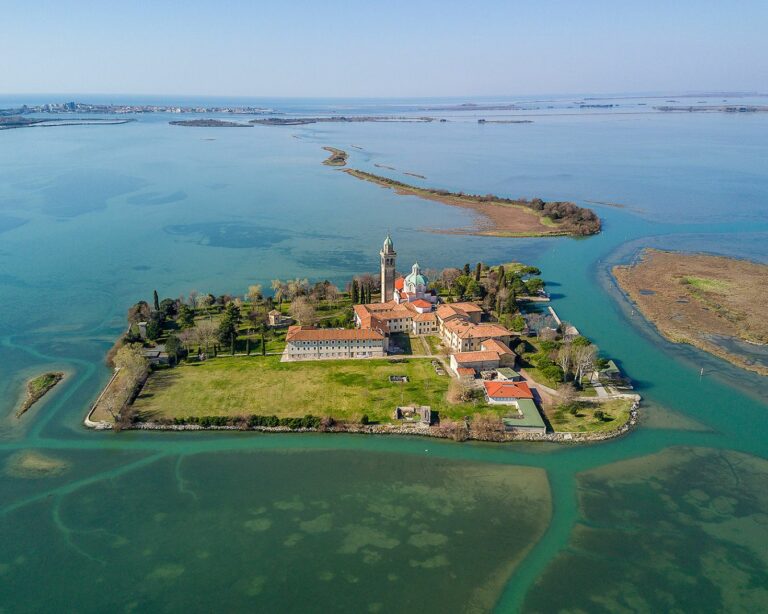


 Italiano
Italiano